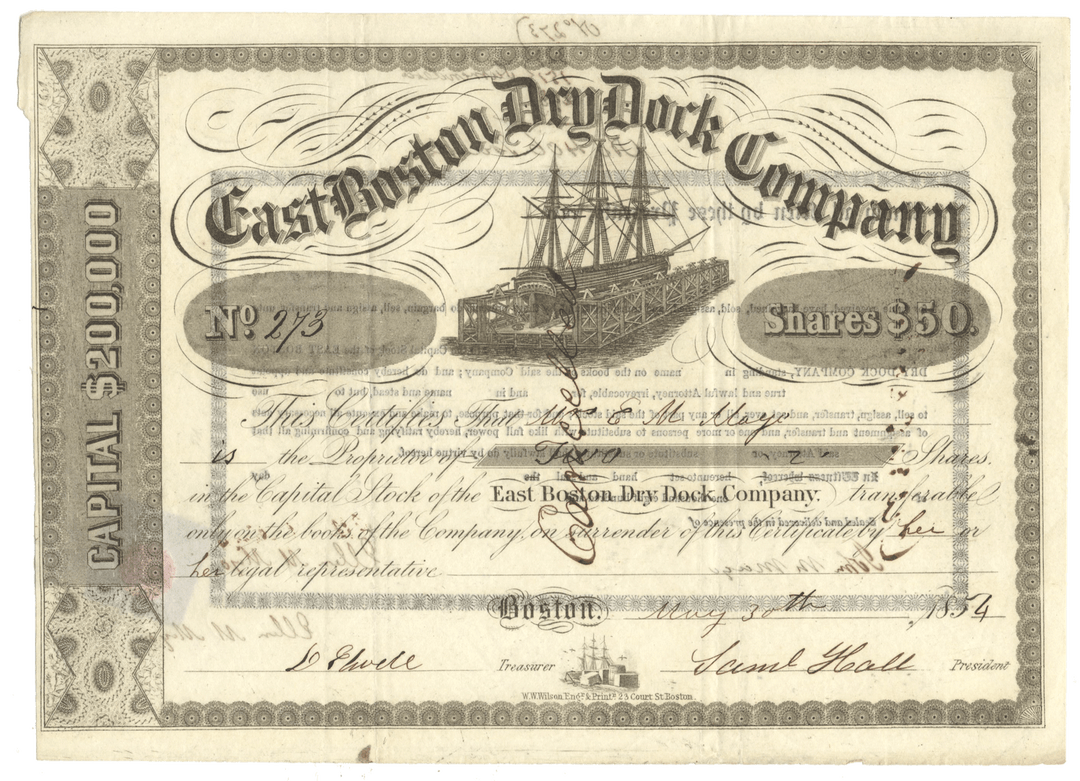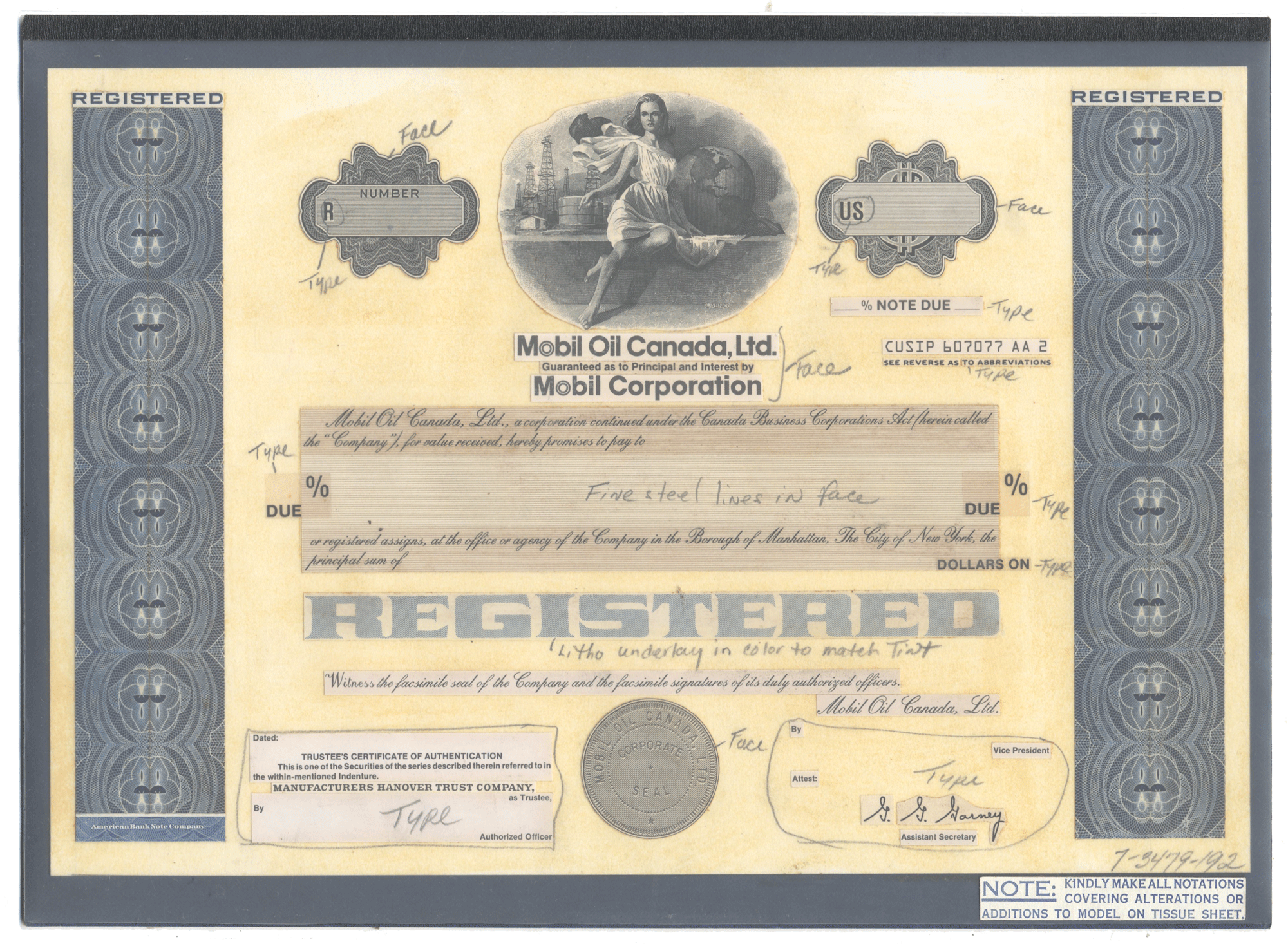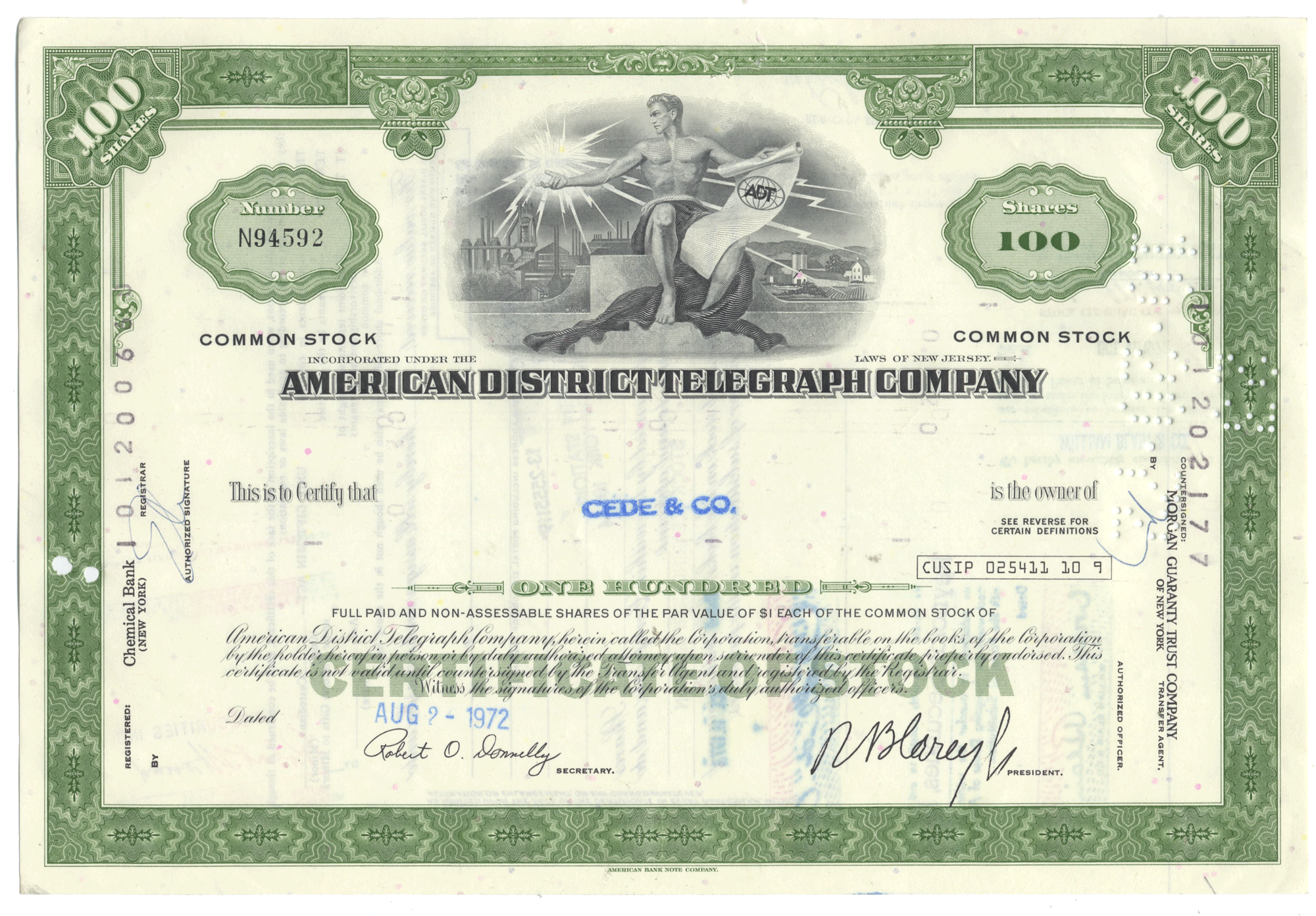
East Boston Dry Dock Company (Signed by Samuel Hall)
- Guaranteed authentic document
- Orders over $50 ship FREE to U. S. addresses
Product Details
Company
East Boston Dry Dock Company
Certificate Type
Capital Stock
Date Issued
May 30, 1854
Canceled
Yes
Printer
W. W. Wilson Engr. & Print. of Boston
Signatures
Hand signed
Approximate Size
9" (w) by 6 1/2" (h)
Images
Show the exact certificate you will receive - please note uneven left side margin and border
Guaranteed Authentic
Yes
Additional Details
Signed by Samuel Hall
Historical Context
In 1839, just six years after East Boston began to be developed as a neighborhood, Samuel Hall established a shipyard on this site. It grew to include dry docks (the company was later known as the East Boston Dry Dock Company) that used the most advanced steam-powered technology and marine railways, still visible today along the waterfront.
Among the 110 vessels Hall built here was Boston's first clipper ship, the Surprise. Her launch in 1850 was accompanied by church bells ringing. The names of some of Hall's other vessels are engraved on the granite paving.
Hall's shipyard was one of several along the stretch of the waterfront from here north to the Meridian Street Bridge, where Hall, Donald McKay, Robert Jackson, Paul Curtis, and others built world-famous ships. Spurred by the California Gold Rush and a demand for faster ships, they launched more than 200 vessels in 20 years.
Together with the Charlestown Navy Yard across the harbor and shipyards in South Boston, East Boston shipbuilding made the city one of the premier ship building centers in the country during the mid 1800s.
After the wooden shipbuilding industry was ended by the panic of 1857 and the rise of iron-hulled steamships, East Boston continued to be a locus of ship construction and repair. In the later nineteenth century, there were shipyards with marine railways and drydocks not only on the Border and Sumner Street waterfronts but also Simpson’s Dry Dock Company on Marginal Street on the site of the present Massport shipyard and a yard on Condor Street. In addition, there were a number of shipbuilding-related industries on the waterfront, such as the Atlantic Works, which built marine steam engines and iron-hulled vessels at its site on Border Street, and Hodge Boiler Works, which manufactured ship boilers and moved from Liverpool to Sumner Street in 1902. Ship repair continued to be an important East Boston waterfront industry in the twentieth century.
The Atlantic Works purchased the former East Boston Dry Dock Company site on Border Street in 1902 and by 1922, with a number of floating dry docks and marine railways, was the largest private ship repair facility in Boston. In 1928 Bethlehem Shipbuilding purchased both the Atlantic Works and the Simpson sites and operated both shipyards during World War II. More recently, General Ship Corporation operated a repair facility at the site of the original Donald McKay yard on Border Street. The only remaining shipyard now in East Boston is Massport’s on the site of the former Simpson/Bethlehem yard on Marginal Street.
Related Collections
Additional Information
Certificates carry no value on any of today's financial indexes and no transfer of ownership is implied. All items offered are collectible in nature only. So, you can frame them, but you can't cash them in!
All of our pieces are original - we do not sell reproductions. If you ever find out that one of our pieces is not authentic, you may return it for a full refund of the purchase price and any associated shipping charges.





